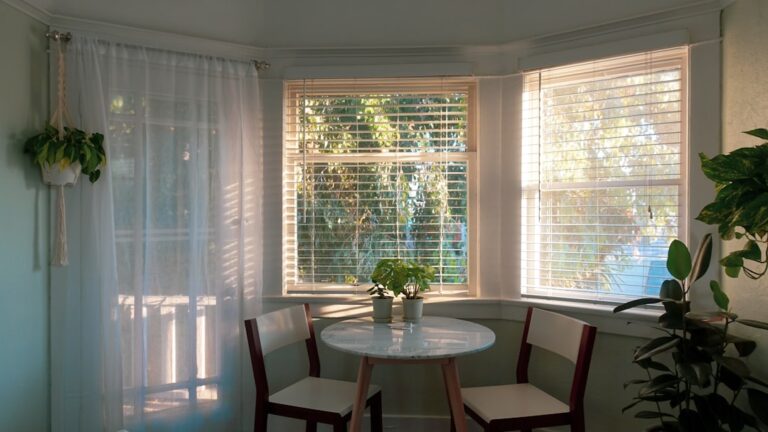Rendering a house is a crucial process in home construction and renovation, offering not only aesthetic benefits but also practical advantages. Rendering involves applying a coat of plaster or cement mixture to the exterior walls of a building. This technique has been used for centuries, primarily to protect buildings from weather elements and to provide an attractive finish.
One of the main reasons homeowners choose to render their houses is to enhance the curb appeal. A well-rendered house can dramatically improve its appearance, offering a smooth or textured finish that can be painted in a variety of colours. This versatility allows homeowners to update the look of their home without major structural changes. In addition, rendering can also help increase the market value of a property, making it a wise investment for those considering selling in the future.
Beyond aesthetics, rendering provides essential protection for the building. It acts as a barrier against rain, wind, and other weather conditions that can cause wear and tear over time. By sealing the exterior walls, rendering helps prevent moisture from penetrating the structure, which can lead to mould and dampness. This is particularly important in regions with harsh weather conditions, where the durability of a home is constantly tested.
The process of rendering involves several steps, beginning with the preparation of the surface. It is crucial to clean the walls thoroughly, removing any dirt, dust, or loose material that could affect the adhesion of the render. Once the surface is prepared, a base coat is applied, followed by one or more finish coats, depending on the desired texture and look. This process requires skill and precision, which is why many homeowners choose to hire professionals for the job. If you are interested in learning more about the intricacies of rendering a house, consulting experts can provide valuable insights and guidance.
There are various materials used in rendering, each offering different characteristics and benefits. Traditional cement render is popular for its durability and strength, making it suitable for many types of buildings. Acrylic render, on the other hand, is flexible and less prone to cracking, making it ideal for homes in areas with significant temperature fluctuations. Lime render is another option, known for its breathability and eco-friendliness. Choosing the right material depends on the specific needs of the home and the preferences of the homeowner.
In addition to material choice, the finish of the render is an important consideration. Smooth finishes are sleek and modern, while textured finishes such as stippled or roughcast can add character and depth. The choice of finish can significantly affect the overall look of the house, so it is essential to consider the architectural style and the surrounding environment.
For homeowners looking to protect their investment and enhance the aesthetic appeal of their property, rendering offers a practical and visually pleasing solution. Whether you are renovating an older home or constructing a new one, the benefits of rendering are substantial. For more information on how rendering can transform your home, visit our homepage to explore options and connect with professionals who can help you achieve the best results.
In conclusion, rendering is a versatile and valuable process for any homeowner looking to improve their property’s appearance and durability. By selecting the right materials and finishes, and relying on professional expertise, you can ensure a high-quality rendering job that enhances both the beauty and resilience of your home.





